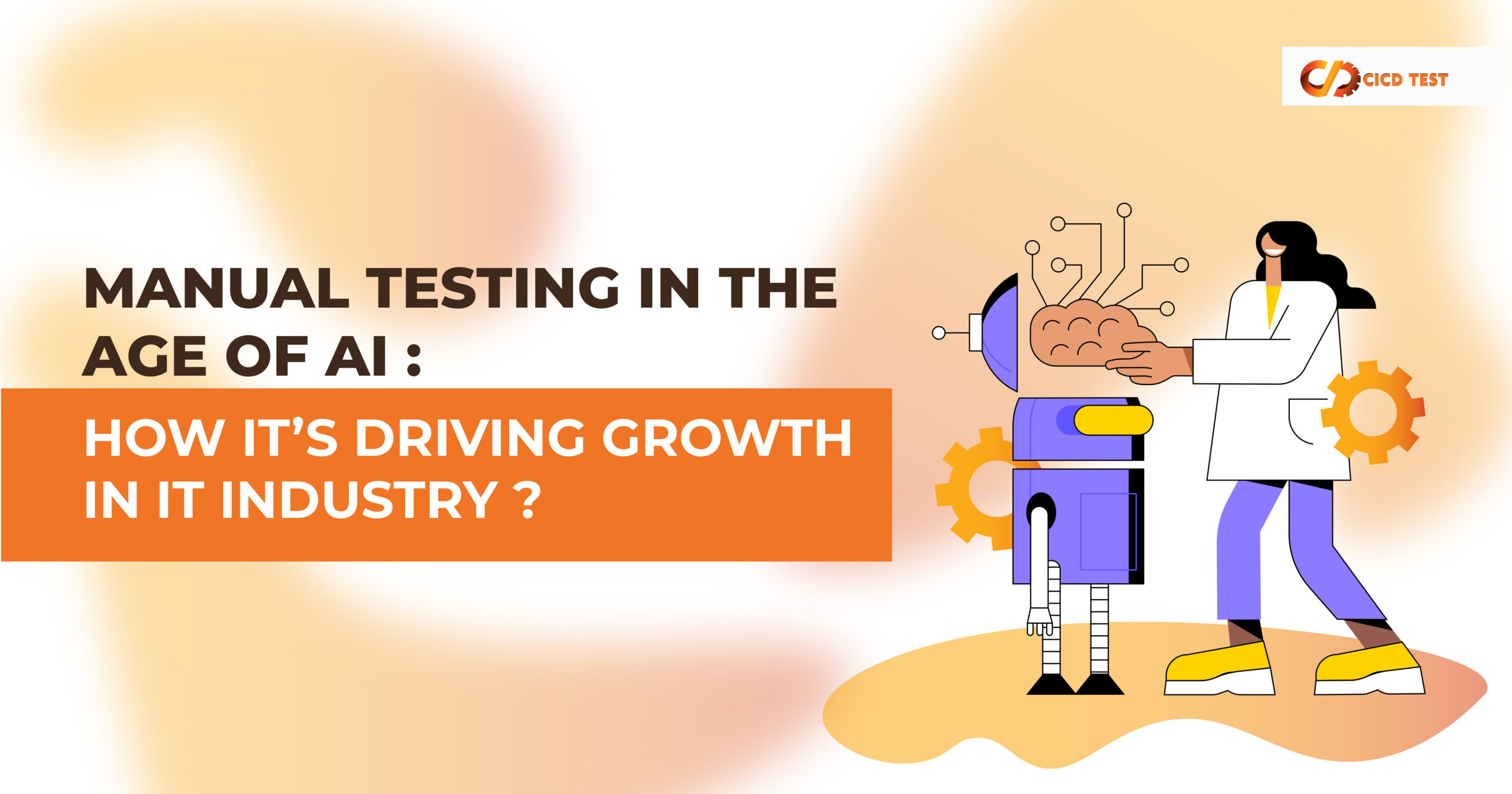
Manual Testing in the Age of AI: How It’s Driving Growth in the IT Industry
Software testing is a crucial aspect of the software development lifecycle (SDLC). It ensures that software applications meet the desired quality standards and function as intended. While the rise of Artificial Intelligence (AI) has led to increased automation in the IT industry, manual testing still remains a fundamental practice in software testing. In this blog post, we’ll explore how manual testing is helping the IT industry to grow even in the age of AI.
Manual Testing: An Overview
Manual testing involves executing test cases manually without the use of automation tools. It is a process where testers check the functionality of software applications by using various testing techniques, such as black box testing, white box testing, and grey box testing. Manual testing is essential because it ensures that software applications meet the required specifications, and provides an opportunity to explore the application in a way that automation cannot.
Software Testing Methodologies
There are various software testing methodologies, such as Agile and Waterfall. In Agile methodology, manual testing is an integral part of the testing process. It involves continuous testing, where developers and testers work together to deliver high-quality software. Manual testing is also a vital component of the Waterfall methodology. In this methodology, testing is done after the development phase is complete. Testers create test plans, test cases, and test scripts to ensure that the software application meets the desired quality standards.
Test Execution and Defect Management
Manual testing involves the execution of test cases and reporting defects. Testers create test plans and execute test cases to ensure that the software application meets the desired specifications. If there are any defects found during the testing process, testers log them in a defect tracking system. Defect management is a crucial aspect of software testing, as it helps in identifying, tracking, and fixing defects in the software application.
Test Documentation and Design
Manual testing involves creating test documentation, such as test plans, test cases, and test scripts. Test documentation is a vital aspect of software testing, as it helps in ensuring that testing is consistent and repeatable. Test design is another essential component of manual testing. Test design involves the creation of test scenarios and test cases that cover all the functionalities of the software application. Test design ensures that the software application is thoroughly tested and meets the desired quality standards.
Test Analysis and Coverage
Test analysis is an essential aspect of manual testing. It involves analyzing test results and identifying any defects or issues. Test coverage is another critical component of manual testing. It involves ensuring that all the functionalities of the software application are thoroughly tested. Test coverage helps in identifying any gaps in testing and ensures that the software application meets the desired quality standards.
Manual Testing in the Age of AI
While AI has led to increased automation in the IT industry, manual testing still remains a vital aspect of software testing. With the help of AI, manual testing has become more efficient and effective. AI can be used in manual testing for tasks such as test case generation, test data management, and test result analysis. AI can also be used for exploratory testing, where testers can use AI to explore the software application in a way that is not possible with automation.
Conclusion
In conclusion, manual testing still remains a crucial aspect of software testing, even in the age of AI. Manual testing helps in ensuring that software applications meet the desired quality standards and provides an opportunity to explore the application in a way that automation cannot. By incorporating manual testing with AI, software testing has become more efficient and effective, which has resulted in the growth of the IT industry.

